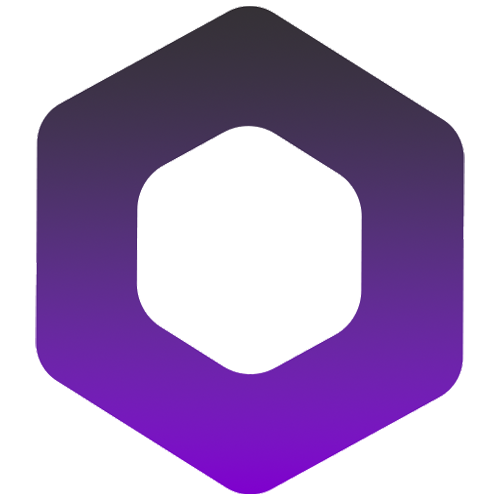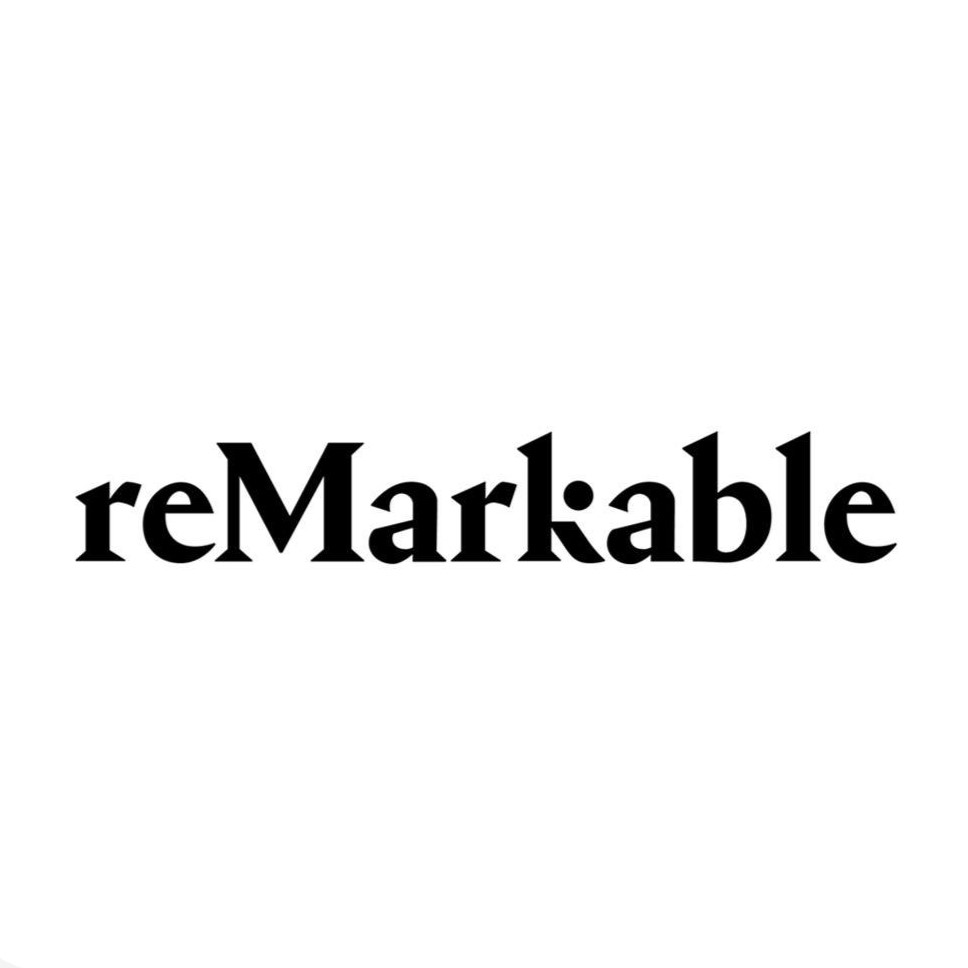Top Tablets Brands
Here's what we recommend for:
Performance
4.9/5
Apple's performance in tablets relies on proprietary chips, the M2 and A-series. These simply outclass most of the competition, with the M2 chip found in the iPad Pro offering enough grunt for demanding tasks like video editing, gaming, and 3D rendering. Indeed, even the more budget-friendly options, such as the iPad Mini, running on the A15 Bionic chip, offer very commendable performance that places Apple on top of the podium...
Battery Life
4.7/5
You can usually count on Apple for good battery performance from its slates; most offer around 10 hours of battery life. The iPad Pro lasted up to 9 hours in intense use, and it's the same for the other models; one could feel confident when purchasing an Apple product: its battery life has always been above average.
Display
5/5
Industry-leading in color accuracy and brightness, Apple's Retina and XDR displays set the mark. The Liquid Retina XDR display on the iPad Pro, with its resolution of as high as 2732 x 2048, combines exceptional clarity with brightness to create a technically ideal screen for creatives. Even the more basic models boast True Tone technology, ensuring that sharp, vivid visuals cascade throughout the lineup.
Affordability
2.8/5
Apple is no stranger to setting the prices of its products at a premium across the board, and that especially holds true for its iPad lineup. Even Apple's "budget" models, like the iPad 10th Gen with its starting price of $449, are pretty high compared to most manufacturers. For instance, the larger, more increased Pro iPad 12.9-inch variant starts well over $1,099, making Apple a more premium option overall.

Premium quality –high-end design and top-notch materials

Performance leader – industry-leading performance and innovation

Expensive – High cost, not the most affordable option

Great ecosystem – Seamless integration with other Apple products

Outstanding display – Best-in-class Retina and Liquid Retina screens
Performance
4.8/5
In particular, Samsung's high-end devices like the Tab S9 Ultra have robust chipsets from Snapdragon 8 Gen 2. While this quite holds up well against Apple's M2, it does fall back in several intensive tasks. As for the lower Samsung models, though, it will be back to the Exynos chips, more appropriate for everyday use with only quite a few claims at tasks of heavy multitasking or gaming.
Battery Life
4.6/5
In larger screen models, like the Tab S9 Ultra, Samsung tablets boast enormous batteries-11,200 mAh-capable of supporting up to 14 hours of video playback. This will easily handle around 12-13 hours of work, even for its more budget models like the Tab S9, hence making Samsung quite competitive when it comes to battery life.
Display
4.9/5
Known for their AMOLED screens, Samsung has unmatched display quality. The Dynamic AMOLED 2X in the Tab S9 Ultra will boast deep blacks, radiant colors, and a refresh rate of 120Hz. This has made Samsung a darling among the army of content creators and entertainment enthusiasts who would give anything for display quality.
Affordability
4/5
From budget options like the Galaxy Tab A series starting at $229 to more premium models like the Galaxy Tab S9 Ultra priced as high as $1,199, Samsung has a tablet for nearly every class of customer. It's that huge range of prices that makes Samsung accessible for people with limited budgets and those who require exclusive features.

Versatile lineup – Wide variety of tablets for all price points and needs

Superb displays – AMOLED screens offer excellent colors and contrast

Innovative features – Packed with features like S-Pen support and DeX mode

Good performance – Strong competitor to Apple in terms of speed and capabilities

Balanced pricing – More affordable but still premium
Performance
4.9/5
Thanks to the processor options of Intel Core i7 and i5, their tablets like the Surface Pro 9 truly act like a productivity powerhouse, touting almost laptop-like performances. That makes Microsoft a top option for those in need of a multitasking-capable tablet, even under heavy processing with ease. At the same time, the more budget-friendly Surface Go 3 does enough for casual use.
Battery Life
4.3/5
Microsoft boasts up to 15.5 hours of battery life for the Surface Pro 9, which is great, but reality is usually more like 10 to 12 hours of use. Meanwhile, the Surface Go 3 lasts about 8-10 hours depending on use. Thus, placing Microsoft's ranking in the middle to high with regard to battery life.
Display
4.6/5
With the included PixelSense display on the Surface Pro 9, Microsoft's got excellent touch responsiveness and clarity at 2880 x 1920 resolution. It's not quite at the level of brightness or vibrancy as Apple's Retina or Samsung's AMOLED, though it is a strong performer.
Affordability
3/5
Microsoft pitches its Surface tablets as premium devices, with a starting price for the Surface Pro 9 at $999. However, other more budget-friendly options exist from the company, such as the Surface Go 3, which starts at $399, thus making Microsoft versatile but generally more expensive overall.

Business-centric, Designed for productivity, especially with Surface Pro models

Premium design, Sleek and professional aesthetics

Windows experience, Full desktop experience in tablet form

High performance, Excellent for power users and professionals

Pricey & Expensive, especially for higher-end models
Performance
4.6/5
The Pixel Tablet from Google runs on a Tensor G2 processor. It's faster and more efficient, too. With this tablet, great for multitasking, gaming, and using AI-enhanced features, it should be an ideal mid-range market segment. It's roughly on par with Apple's mid-tier iPads but doesn't reach the performance heights of Apple's M2 chip in higher-end models. The Pixel Tablet is strong enough, though, for most users' needs.
Battery Life
4.3/5
The Pixel Tablet gives great battery life, with up to 12 hours of video playback, and is a pretty reliable device to have up and running all day. That is because its battery is just efficient enough to enable prolonged use without running out of charge.
Display
4.4/5
Pixel Tablet comes with a 2560 x 1600 LCD display. It feels clear and bright, though not on an OLED panel; that would be good enough to provide resolution and viewing angles for the greater majority of users. It lacks the deep blacks and punchy colors of the more premium OLED panels from manufacturers like Samsung, but it remains a decent panel for everyday media consumption.
Affordability
3.7/5
The Google Pixel Tablet belongs to a middle-tier price bracket, with the price starting at $499. While it is higher in price compared with the budget-friendly options offered by Lenovo or Amazon, it offers a premium build and performance for mid-range Apple or Samsung tablets. The Pixel Tablet is a very strong value for anyone whose priorities include Google's ecosystem and features, without venturing into the premium pricing tier.

Innovative features, Comes with cutting-edge software and smart features

Strong ecosystem, Works well with other Google devices and services

Stylish design, Minimalist and modern, typical of Google's hardware

Limited selection, Fewer models compared to Samsung or Lenovo

Good display, High-quality screens with great resolution
Performance
4/5
Tablets from Lenovo generally function dependably across the board, and their high-end machines, such as the Tab P12 Pro, house chipsets like the Snapdragon 870. That means this tablet will run multitasking, playing games, and heavy apps with ease, but it still doesn't quite compare to the performance powerhouses like Apple's M2 chip or Samsung's Snapdragon 8 Gen 2. The more budgetary variants like the Tab M10 are powered by...
Battery Life
4.5/5
One of the biggest strong points in the case of Lenovo pertains to its battery performance, especially in the more budget-friendly models. These devices, like the Tab M10, can manage up to 10 hours on one single charge, while the Tab P12 Pro also has a decent 10-hour battery life, making Lenovo tablets reliable for use in long media consumption or productivity tasks.
Display
4.2/5
The more high-end variants of the Lenovo Tab series, the likes of the Tab P12 Pro, have AMOLED displays at 2560 x 1600 resolution, rendering sharp visuals with good brightness. While great on their own, they don't quite have the color accuracy or contrast levels of the best AMOLEDs from Samsung or Apple's Retina displays. Budget models like the Tab M10 sport LCD screens that are serviceable but nowhere near...
Affordability
4.8/5
Lenovo Tablets are budget and hence favored among users of a conservative budget. From an entry-level Tab M10 series, starting from $179 to the more advanced Tab P12 Pro priced at about $600, Lenovo efficiently covers a big price bracket without a loss in quality. For example, Lenovo's Tab M10 is a real cheapie, while the Tab P12 Pro boasts a high-resolution display and higher performance; both are relatively reasonable...

Affordable options, Offers great value for money across its lineup

Solid build, Good build quality and decent durability

Mid-range performance, Reliable but not the fastest or most feature-packed

Flexible choices, Offers both Android and Windows tablets

Good battery life, Long-lasting for everyday tasks
Performance
4.2/5
The OnePlus Pad is powered by the Dimensity 9000 chipset, which delivers excellent performance for most tasks. Whether you're gaming, multitasking, or using intensive apps, it offers a smooth experience. However, while it holds up well in the mid-range category, it doesn’t quite match the raw power of Apple’s M2 or Samsung’s Snapdragon 8 Gen 2 in high-end tablets.
Battery Life
4.1/5
The OnePlus Pad is fitted with a huge 9,510 mAh battery, promising good battery life-up to 12 hours of video playback. It will find a place among the middle-range markets as a good competitor and thus be quite well-suited for users needing a long-lasting device for everyday use.
Display
4.1/5
The OnePlus Pad boasts an 11.61-inch LCD screen with a high-resolution panel of 2800 x 2000 and a fast refresh rate of 144Hz, hence promising smooth visuals and quite useful for gaming or when fast-moving media is targeted. Still, this is far from the deep blacks and popping colors of OLED displays that were boasted on some of Samsung's high-end tablets, but decent given the price bracket.
Affordability
4.7/5
One Plus is positioning itself as a serious competitor in the mid-range tablet segment. The starting price of the OnePlus Pad is around $479 for its high-end features, thus making it highly attractive to users eager for premium features without premium pricing by Apple or Samsung. The OnePlus Pad feels like a high-end experience, just like other more expensive tablets; at the same time, it undercuts many competitors, making it...

Stylish design, Sleek and modern looks

Great value, Affordable, with competitive features for the price

Good build quality, Strong reputation for sturdy construction

Emerging player, Newer to the tablet market but with a growing presence

Fast performance, Known for speed and efficiency
Performance
3.9/5
While TCL tablets aren’t known for high-end performance, they deliver a solid experience for everyday tasks. The TCL TAB 10s offers a MediaTek Helio P22T processor that handles casual streaming, browsing, and light productivity efficiently. For those needing a bit more power, the TCL 10 TABMAX with its Qualcomm Snapdragon 665 processor steps up, providing more fluid multitasking and better handling of apps and media.
Battery Life
4/5
All the TCL tablets come with decent battery life. A good example is the TCL TAB 10L, which comes with a 4080mAh battery that can keep you running for 6-7 hours, hence recommended for light usage. Higher versions, like TCL NXTPAPER 10s, give you up to 8 hours of battery life for all-day use, mainly for reading, browsing, or even video watching.
Display
4.1/5
TCL puts more emphasis on good quality display for its price: The TCL NXTPAPER 10s has a paper-like matte display to help readers and students lower their eye strain. TCL TAB Pro 5G had a 10.36-inch Full HD display going for solid brightness and clarity in mind for media consumption, even if it doesn't hold a candle to its more premium tablet counterparts in color vibrancy.
Affordability
4.6/5
Indeed, great features at an affordable price is TCL's mantra for its lineup of tablets. Handsets like the TCL TAB 8 LE, which is pretty affordable at around $119, will work well for those who need just a no-frills tablet that will be good enough for casual use. The TCL TAB 10 with a bigger screen and more features should balance the scale as an affordable option, too, at a...

Budget-friendly, Great option for entry-level or cost-conscious users

Colorful displays, Known for decent display quality in affordable products

Good battery life, Lasts a long time, even for heavier use

Basic performance, Not as powerful as premium brands, but reliable for basic tasks

Decent build, Solid construction for its price category
Performance
3.7/5
Their tablets, powered by MediaTek or Snapdragon 429 processors, are capable of handling basic tasks like web browsing and media streaming. However, they struggle with high-end apps or multitasking, making them best suited for casual users. For example, the Acer Iconia Tab offers reliable performance for light usage but won’t satisfy power users who need more processing power.
Battery Life
4/5
With up to 10 hours of battery life, Acer’s tablets are a reliable option for all-day use. Devices like the Acer Iconia Tab offer good longevity, particularly when considering their low price point, making them an excellent choice for budget-conscious users.
Display
3.9/5
Acer's tablets could be decent enough with resolutions up to 1920x1200 on an LCD display, such as the Iconia Tab, for casual media consumption. However, when set against more premium displays such as those going from Samsung's AMOLED to Apple's Retina, it falls short of brightness, color accuracy, and sharpness. This makes Acer tablets a solid choice for users who prioritize affordability over top-tier visual quality.
Affordability
4.5/5
Acer is one of those companies that put forth some of the most economical tablets in the market. Models such as the Acer Iconia Tab start at an extremely low price of $179, which is quite reasonable for people who need basic tablet functions without having to overspend. At this price, it's one of the most accessible brands on the tablet market, especially for users who need no more than...

Budget-conscious, Ideal for basic tablet users with affordability in mind

Decent build, Reasonable durability for the price range

Simple design, Practical but not particularly stylish

Basic performance, Suitable for light tasks but not demanding applications

Good battery life, Reliable power for everyday use
Performance
3.5/5
Amazon's Fire tablets run on MediaTek processors, which are good enough for light usage like reading, streaming, and general browsing but lack what it takes to multitask or deal with truly demanding apps. They work great for casual use but never are meant for high loads of gaming or productivity.
Battery Life
4.3/5
Amazon's tablets have generally very good battery life, considering their respective prices. The Fire Max 11, for example, will go up to 14 hours on one charge, making it a pretty good choice for those who need extensive battery life to consume media with.
Display
3.7/5
The displays on the Amazon Fire series are functional but not outstanding. For instance, the Fire HD 10 comes with a resolution of 1920 x 1200, which is good enough to view videos but lacks sharpness and vibrancy in comparison to the far-higher-end devices by Apple or Samsung.
Affordability
5/5
They are leading in affordability, availing to the market some of the most affordable tablets: the Fire HD 8 goes for about $99, while the Fire HD 10 is available at about $149. Because of their affordability, Amazon tablets are always people's first choice whenever they seek budget-friendly gadgets.

Budget-friendly, Perfect for those who want a cheap tablet for basic tasks

Simple design, Functional but not very stylish

Media consumption, Optimized for Amazon content, including Prime Video

Limited features, Lacks advanced capabilities found in more expensive tablets

Good battery life, Decent longevity for its price range
Performance
3.2/5
As a pure e-ink tablet, for instance, the reMarkable 2 isn't built for speed or performance-heavy tasks but is all about providing a fluent, paper-like writing and reading experience rather than multitasking or running apps. The reMarkable 2 does an exemplary job in that direction: low-latency writing and a distraction-free interface, although the processing power hardly competes with classic tablets for demanding tasks.
Battery Life
4.2/5
One huge strength regarding the reMarkable devices is their battery life. The reMarkable 2 has an e-ink display that gives up to two weeks on a single charge with moderate use, thus giving it a clear lead among users who have to use a tablet for prolonged writing or reading sessions without having to recharge frequently.
Display
3.7/5
The reMarkable 2 has a 10.3-inch monochrome e-ink display fitted for writing, drawing, and reading. It has a paper-like texture with low reflectivity that makes it more friendly to take notes or read in a brightly lit environment. However, the lack of color and lower refresh rate than normal LCD or OLED make it less good for media consumption. Great in its niche, the display certainly doesn't hold a candle...
Affordability
3.2/5
reMarkable tablets are, of course, niche devices at a premium price: The reMarkable 2 starts at some $299, which is higher than most general-purpose tablets. Meant for that particular market-digital note takers, artists, and professionals who require a dedicated e-ink device for writing and drawing. While this can be justified for users in this niche, it's not a tablet meant to casually browse or consume multimedia on, and that ultimately...

Niche product, Focused on digital writing and note-taking rather than general tablet use

Stylish and minimalist, Premium design aimed at professionals and creatives

Good battery, Long battery life for extended use

Limited performance, Not designed for general multimedia or gaming

Pricey for niche use, High cost for its specialized features


































